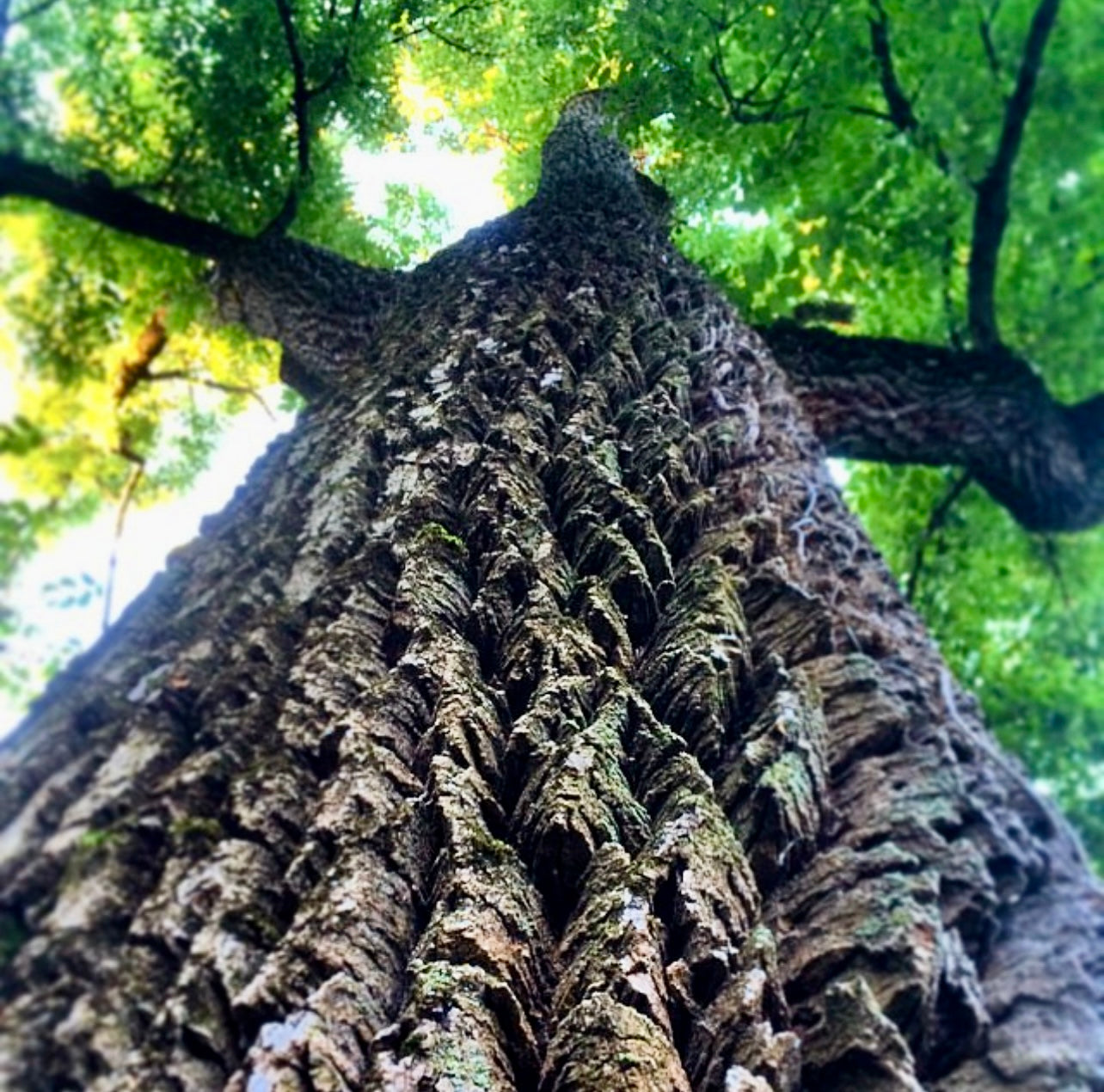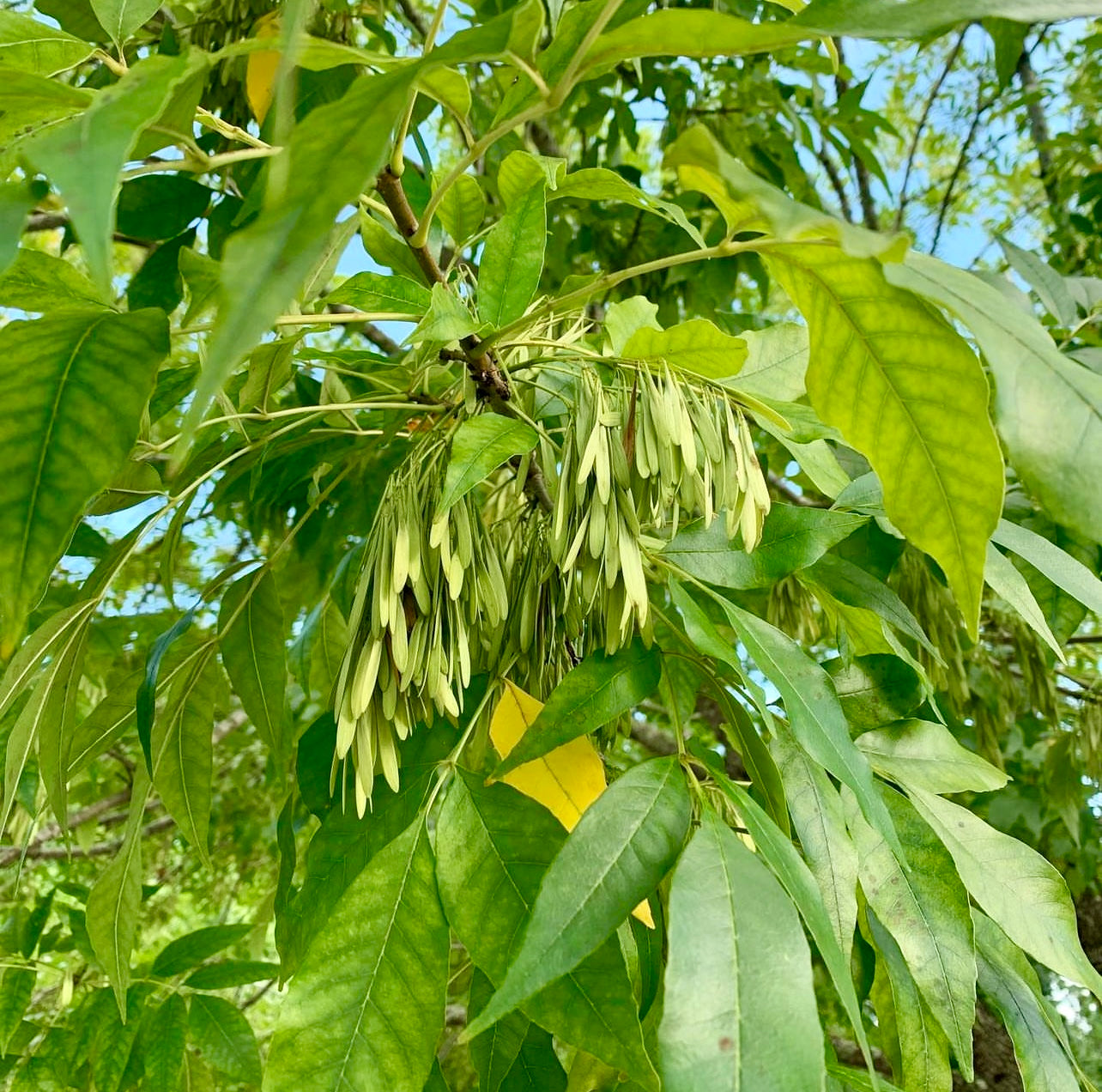Green Ash (Fraxinus pennsylvanica)
Green Ash (Fraxinus pennsylvanica)
Local Pickup Available in Harrop, BC
Couldn't load pickup availability
Why We Grow It
Why We Grow It
Green Ash is an excellent addition to food forests and ecological designs due to its ability to improve soil health, provide windbreaks, and offer shade for understory plants. Its resilience to a range of environmental conditions and rapid establishment make it an ideal pioneer species, supporting biodiversity and creating habitat for beneficial wildlife. The tree’s adaptability and utility underscore its value in sustainable landscape systems
How the Plant Grows
How the Plant Grows
Green Ash grows quickly during its early years, developing a straight trunk and a rounded canopy. Through the seasons, it leafs out in late spring, providing lush greenery, followed by clusters of winged seeds (samaras) in the summer. In the fall, its foliage transitions to a brilliant yellow before shedding for winter dormancy. Its deep root system makes it stable and drought-resistant, contributing to its reputation as a durable tree.
Plant Size
Plant Size
Size at Maturity- Grows to 15–25 meters (50–80 feet) tall with a rounded, spreading canopy
Current Size- Large 1'-2'
B grade under 1'
Additional Info
Additional Info
Green Ash is one of the most widespread ash species in North America, valued for its toughness and ability to thrive in challenging environments, including urban settings. It is a favorite for agroforestry and ecological design due to its rapid growth and utility in shelterbelts, riparian buffers, and soil stabilization. Historically, the tree's strong and flexible wood was used for tool handles, baseball bats, and furniture. Its seeds and foliage provide food and habitat for wildlife, including birds and small mammals.
Green Ash is a fast-growing, hardy deciduous tree that thrives in diverse conditions from cities to woodlots. Known for its adaptability and resilience, this North American native tree plays a vital ecological role by stabilizing soils, providing shade, and supporting wildlife. Its attractive, lance-shaped leaves turn bright yellow in the fall, and eventually the tree rains down copious winged seeds wildlife feasts on.
Share


Plant Highlights
-

Water
Moderate water needs but tolerates periods of drought once established.
-

Pollination
Wind-pollinated; dioecious, with male and female flowers on separate trees. Plant a few
-

Soil
Adaptable to various soil types, including loam, sand, and clay; tolerates both acidic and alkaline pH levels
-

Years to Bear
Produces seed after approximately 8–10 years
-

Hardiness
Zones 3–9, tolerating temperatures as low as -40°C
-

Solar
Prefers full sun but can tolerate partial shade
Subscribe to our emails
Lots of Free Growing Info. Be the first to know about new plants and exclusive discounts.








